Here's How Expensive and Complicated it Is to Drive in Japan
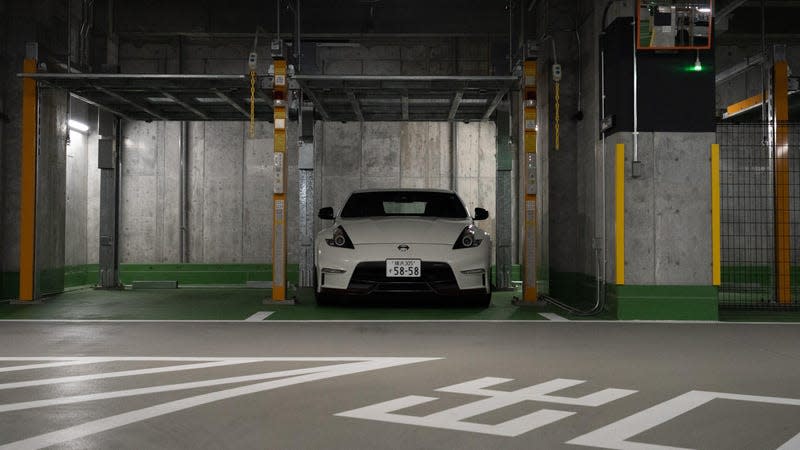
Ever wonder how Japan — a country with a population one-third the size of the U.S., on land roughly the size of California — has grown such an incredibly vibrant automotive culture, full of enthusiast offerings and niche products, not to mention all those limited editions? A lot of it comes down to Japanese drivers buying new cars far more often than Americans do.
The average vehicle in Japan is 9 years old, compared to over 12 years in the U.S. Mandatory inspections costing hundreds of dollars, plus taxes extending into the thousands, make it expensive and difficult to run an older car, especially a tuned one. And that’s on top of some phenomenally expensive tolls and parking fees.
Read more
How expensive? I recently spent a few weeks driving in Japan and got a proper taste myself. I’m here to take you on a whirlwind tour of the wonderful, bureaucratic world of driving in Japan. But before we dive into the details, I want to make one rather significant caveat: Exchange rates in Japan are the strongest they’ve been in 30 years. Typically, 100 yen is roughly equivalent to one dollar. As I write this in December 2022, you get 136 yen for a dollar. While that situation makes things cheaper for American tourists like myself, it doesn’t help the locals. For someone living and working in Japan, these prices would effectively feel like they’re 30 percent higher.
Driving in Japan: Vehicle Taxes
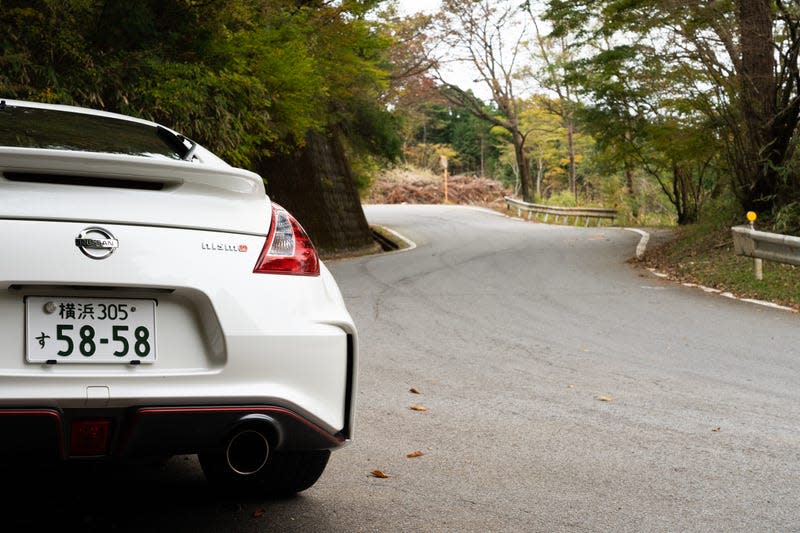
There’s a dizzying array of taxes applied to cars in Japan, despite a 2019 revision designed to make things a little less burdensome. Typical of Japan, there’s a lot going on here, and much of it requires reams of paperwork.
Up front, upon buying a new car, you’re looking at a five-to-eight-percent consumption tax. The good news is that it’s a one-time thing. The bad news? That’s just the beginning.
Next is a so-called tonnage tax, a scaled fee that increases based on the weight of the vehicle, ¥4,100 (about $30) per half a metric ton. Buying a Toyota Camry? You’re looking at about $120. That new Mercedes-AMG S63 E Performance? More like $180. That might not sound all that bad, but it gets expensive since this tax must be paid every year, with the first three years due upon purchase of a new car. If that weren’t enough, this tax increases with age. By the time a car turns 18 the tax is 50 percent higher: ¥6,300 per 500 kg.
After that, there’s an engine tax that scales based on displacement, starting at ¥29,500 ($216) for cars under 1,000 cc. Running a 6.2-liter Camaro SS? You’ll be paying ¥111,000 ($814) every single year. And if that weren’t bad enough, after 13 years these taxes get even higher, jumping by another 20 percent.
There are other taxes too, some of which vary based on which prefecture you live in. It’s a lot to process, so most vehicle manufacturers have a tax calculator on their Japanese-market websites to help figure it out. On the smaller side (by American standards, anyway), a base Toyota GR86 comes with ¥154,070 in fees ($1,130). Of that, ¥36,900 ($270) is the initial weight tax.
Want something a little more posh and a lot more roomy? A Volvo XC90 Recharge, which costs ¥9,627,270 in Japan, gets hit with a whopping ¥962,727 ($7,060) in taxes off the showroom floor.
If, by the way, you were wondering why tiny, yellow-plated kei cars are so popular in Japan, now you know: Less weight and less power means way less taxes. A Toyota Pixis needs just ¥32,830 ($241) in taxes for three years of running.
Driving in Japan: Parking
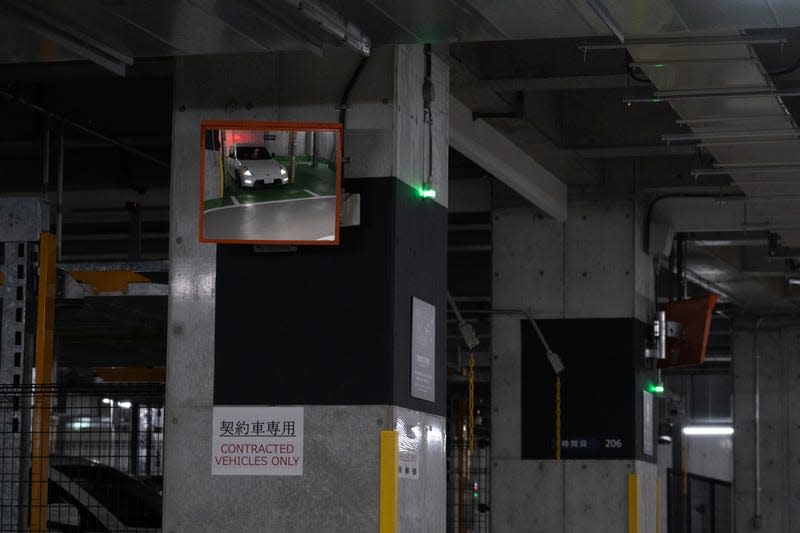
If you live in an urban area in Japan, as the vast majority of citizens do, you are required to provide a Certificate of Permission for Use of Parking (aka a “shako shomeisho”). It’s an official form proving that you have a designated place to put your car when you’re not out there racking up the tolls. (More on those in a moment.)
According to Japan Property Central, a Tokyo-based real estate brokerage, you’re looking at upwards of ¥100,000 ($733) monthly, or as high as ¥170,000 ($1,247) in luxury neighborhoods. In New York City, the U.S. city with the most egregious parking prices, the average price for a monthly spot is $570 according to SpotHero.
Driving in Japan: The Shaken (vehicle inspection)
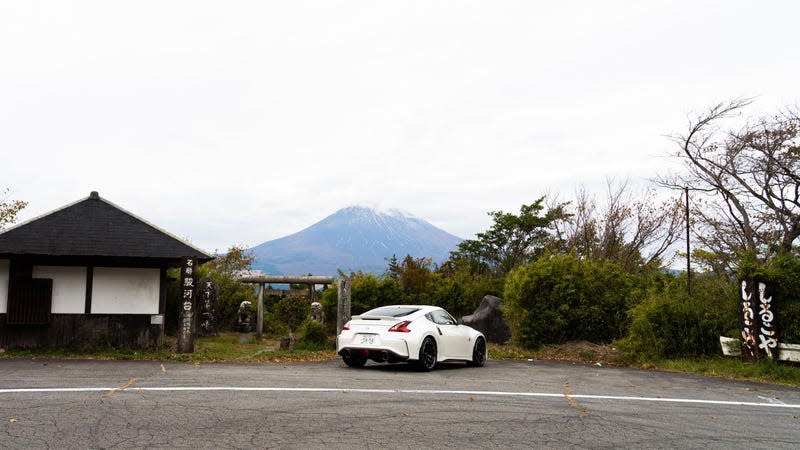
If you thought all that was bad, we’re not quite done yet. Next up is Japan’s infamous shaken. Every car registered for road use is put through a rigorous inspection, verifying that everything on the car satisfies Japanese highway codes.
Checks include looking for signs of rust or damage (holes in the bodywork are an automatic fail), torn wipers, aged tires, and skewed wheel alignment. And yes, there’s an emissions check, too.
If you live in a U.S. state with mandatory vehicle inspections, think of shaken as something like that but on steroids. New cars get a one-time three-year exemption. After that, your car must pass shaken inspection every two years until the vehicle turns 10. From then, inspections are required every year, in perpetuity.
Interestingly, many of the mods that we’ve come to know and love from the Japanese tuning scene — wheels with wild offsets, custom lights, mega exhausts — will immediately fail the shaken inspection, and therefore make the car illegal for road use.
So how do tuners get around it? Speedhunters has an interesting series walking through the process. It basically boils down to stripping off any troublesome mods before going through the inspection. Pass that shaken and you’re generally free to slap all those delightful upgrades back on again.
What about the months in between inspections? I talked to Dino Dalle Carbonare at Speedhunters for a little more information. “The only fines you’ll get is if you have loud exhaust or wheels that stick out too far,” Carbonare told me, “but that’s only at rare police checks that they now started setting up at places like Daikoku.”
Japan’s Automobile Maintenance Council is fostering a “Campaign to Eliminate Illegally Modified Vehicles” with checks for everything from clear tails to “incorrect secondary bodywork” (read: big wings). The campaign describes “street inspections at events and places where illegally modified vehicles gather.”
Back to the shaken. What’s the cost? Speedhunter’s Carbonare said to expect to pay about $500 for the inspection alone. Again that’s every two years after the initial three-year pass, then every year after 10. However, that cost assumes you have a good enough command of Japanese to manage the paperwork, visit the inspection location yourself, and deal with the repercussions if you fail. Many dealerships offer programs where they do a pre-inspection and handle everything for you, often at a cost of thousands of dollars — plus whatever you need to have fixed, of course.
Driving in Japan: Tolls, Tolls, Tolls
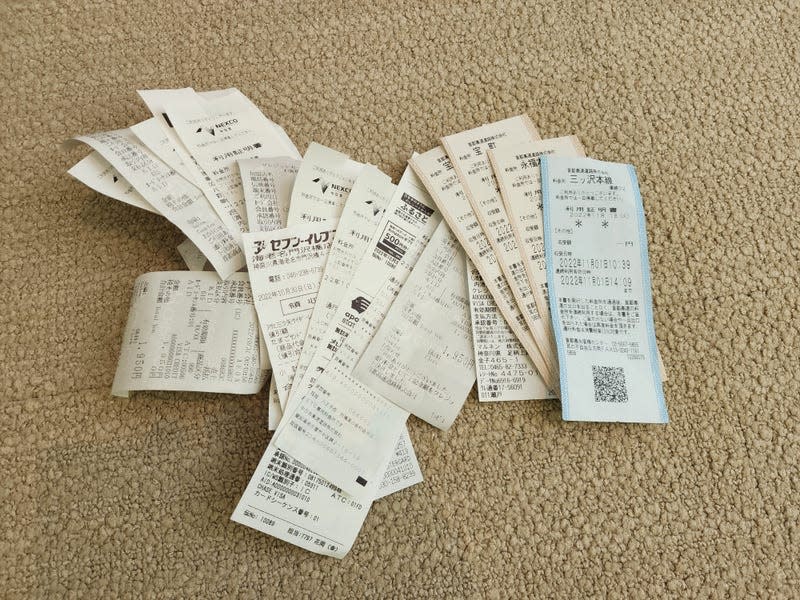
Want to drive on a highway in Japan? Get ready to pay a toll. Driving from Tokyo to Nagano, three hours of driving, I paid roughly $80 in tolls. By way of comparison, driving the same distance from New York City to Saratoga Springs, NY would cost you $8.37 — or about $24 going in the other direction during peak hours.
Driving in Japan: Gas prices
Gas prices have dropped lately in Japan after achieving some stratospheric highs over the summer, much like everywhere else in the world. Current prices average ¥160 per liter of fuel. That works out to roughly $4.40 per gallon, which isn’t bad at all. But don’t forget the unusually favorable dollar-to-yen exchange rate right now. Prices in Japan typically equate to something closer to $6 per gallon.
Final Thoughts
With all that, and such an amazing public transit system, it’s a wonder that anyone drives in Japan at all. But I’m glad that they do, because the world is a better place with Japan’s influence on car culture. Not to mention, all those JDM special editions soon to come to an exporter near you, as soon as they hit 25 years old.
More from Jalopnik
Sign up for Jalopnik's Newsletter. For the latest news, Facebook, Twitter and Instagram.

 Yahoo Autos
Yahoo Autos 